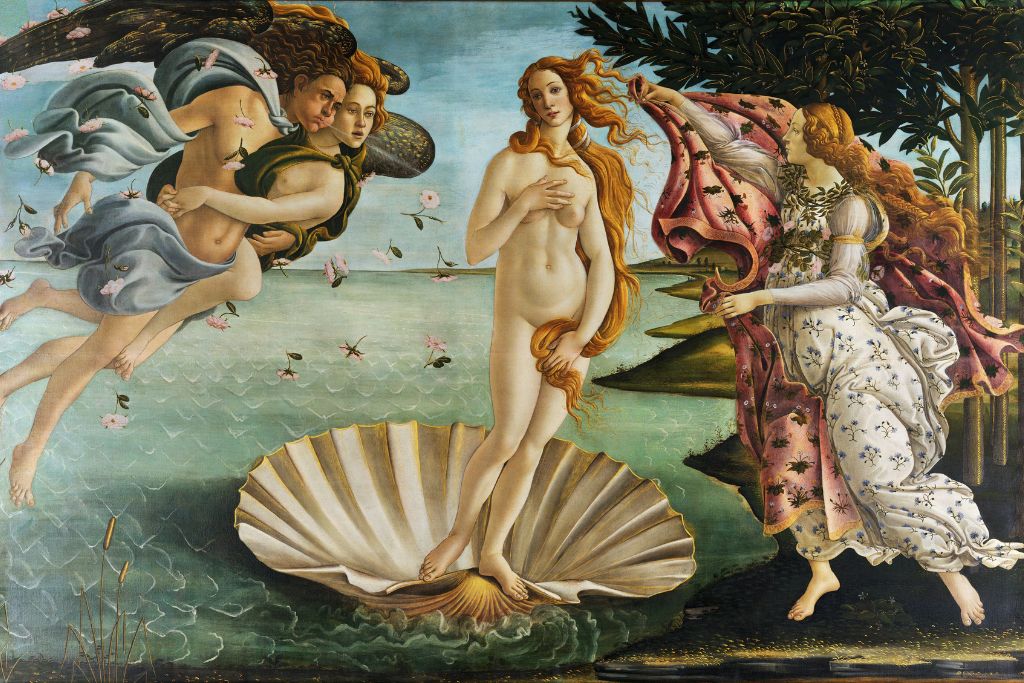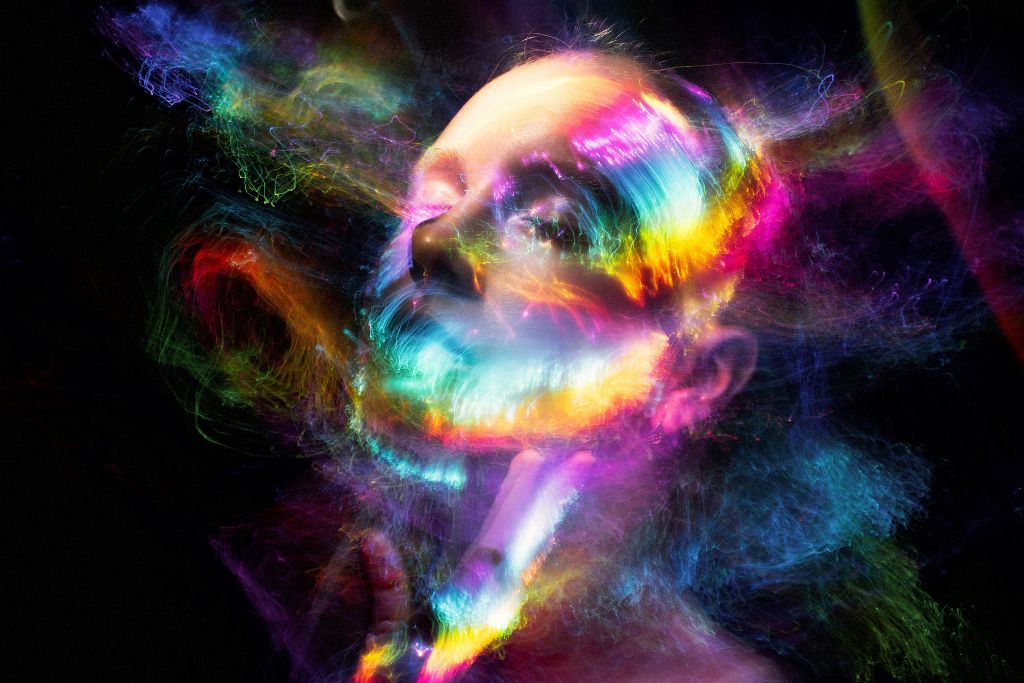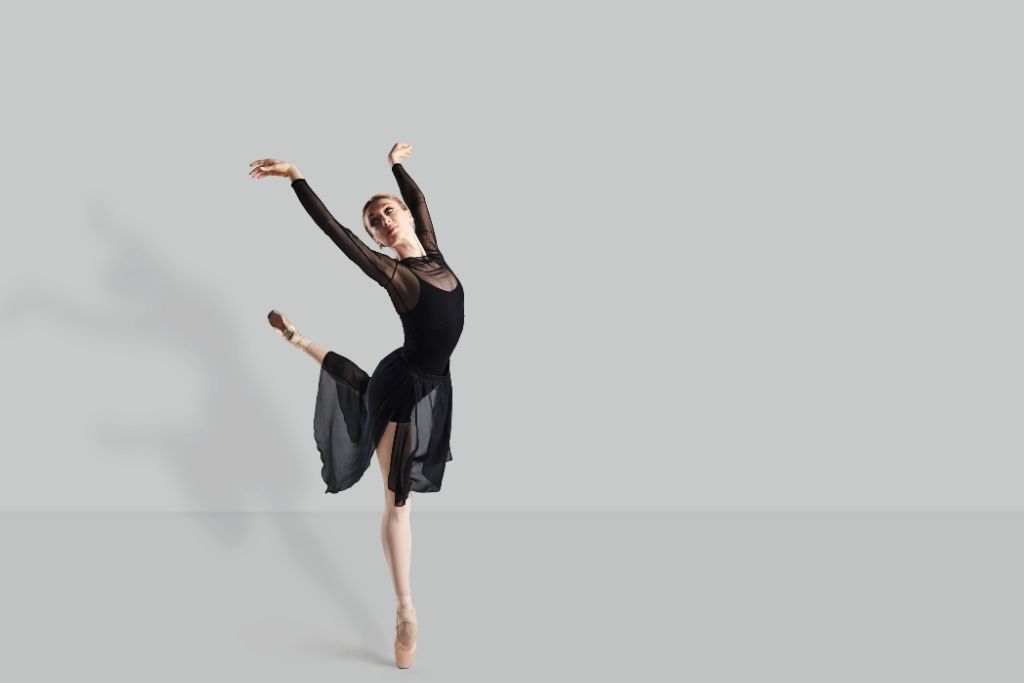The appearance of elegance is associated with classical art. In addition to that, technological competence is required. By wearing blazers and feminine fabrics, one can achieve an androgynous look. It is possible to wear it from head to toe or as a subtle accent, and either way, it emanates refinement.
Classical art?
Classical art includes many beautiful arts, not just ancient styles. Sculpture, painting, and drawing. Pre-Renaissance classical compositions generally have religious or mythical themes.
Classical art affects our world beyond its popularity and application. Modern painters use classical influences. A work’s structure or emotional impact may reveal these elements.

Statues, paintings, and architecture are famous works of classical art. These god- and Greek-hero-themed artworks embellish temples and public structures. These classics have also helped historians understand ancient societies.
Modern art?
Many people enjoy classical art. Modern art’s differences may have been mentioned.
Modern art movements emerged in the 19th century. Romanticism, Realism, and Impressionism The Impressionists distinctively painted everyday scenes. Claude Monet focused on light and brushstrokes.

Modern art also featured Fauvism, Cubism, Expressionism, Futurism, and Surrealism. These genres focus more on emotions and expression than classical art. Picasso, Van Gogh, Kahlo, and Monet are examples. Modern art approaches feature experimentation, abstraction, and subjective interpretations. These artistic styles challenged traditions and expanded art.
Modern vs. Classical Music?
Modern music generally emphasizes passion and sentiment. This music is simpler and more widely accessible.
Classical music is more difficult to understand and appreciate. Many classical pieces remain popular hundreds of years after their composition.

Pierre Boulez, Luigi Nono, and Karlheinz Stockhausen are among the composers who impacted modern music. Extended methods, microtonality, strange tunings, disjunct melodies, new timbres, and complicated polyrhythms are used.
Classical music uses acoustic instruments such as violin, cello, violoncello, upright bass, flute, piccolo, oboe, clarinet, and saxophone. Modern music uses drums and electric guitars.
Modern vs. Classical Dance?
Modern dancers often confuse classical ballet with modern dance. Ballet evokes tutus, tights, and pointe shoes. Both dance forms have their place and offer something different.
Classical ballet is stiff but has a clear technique, orchestral music, and a tale. The steps are perfected over months and years. This dance allows minimal expression.

Modern dance provides dancers with more freedom than classical ballet. Music helps, but choreographers like Martha Graham, Doris Humphrey, and Lestor Horton can also influence this. For floor work, the classic ballet posture of an erect body is replaced with a weighted movement of swinging arms or clenching fists to make the dancer look stronger.
In “How do we classify different types of styles—modern vs. classical?” we compare current and classical fashion styles to help you comprehend trends. “The History of Fashion – From Victorian Era to Modern Day” provides an overview of fashion history. This essay examines fashion from Victorian grandeur through modern styles. Fashion history can help you appreciate the many trends that define clothing and personal expression.





